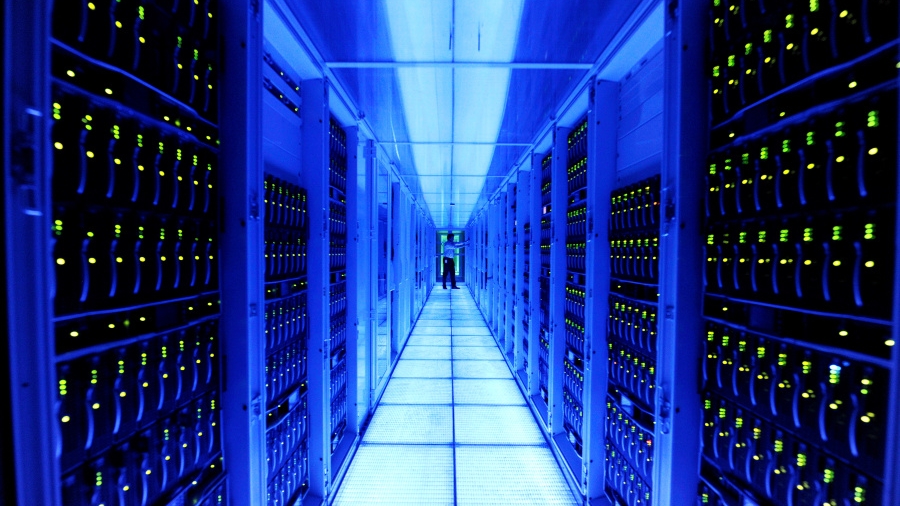The data capacity gap: why the world is running out of data storage
The world's C: drive is almost full

We spoke to Mark Whitby, Senior Vice President, Branded Products Group at Seagate Technology, EMEA, about data and the future of storage, and the impact of the rapidly onrushing global data capacity gap. Yes, in short, the world is running out of drive space – but what can be done about it?
TechRadar Pro: Could you tell us a little bit about Seagate?
Mark Whitby: Seagate is the leading provider of hard drives and storage solutions.
From the videos, music and documents we share with friends and family on social networks, to servers that form the backbone of enterprise data centres and cloud-based computing, to desktop and notebook computers that fuel our personal productivity, Seagate products help more people store, share and protect their valuable digital content.
Seagate offers the industry's broadest portfolio of hard disk drives, solid-state drives and solid-state hybrid drives. In addition, the company offers an extensive line of retail storage products for consumers and small businesses, along with data recovery services for any brand of hard drive and digital media type.
The company developed the world's first 5.25-inch hard disk drive (HDD) back in 1980 and in March, 2013, Seagate also became the first storage manufacturer to ship 2 billion drives globally. Seagate is headquartered in Cupertino, California, and employs more than 50,000 people around the world.
TRP: Why should people care about storage?
Are you a pro? Subscribe to our newsletter
Sign up to the TechRadar Pro newsletter to get all the top news, opinion, features and guidance your business needs to succeed!
MW: Data has never been more important. As valuable as oil and just as difficult to mine, model and manage, data is swiftly becoming a vital asset to businesses the world over.
Companies large and small are taking their first steps in data analytics, keen to gain an insight into how their customers behave and so better position themselves in the marketplace. Although still in its infancy, analytics holds the potential to one day allow them to find solutions, sell more products and develop customer trust.
While most businesses have yet to determine how to get the most from their existing data, let alone understand the masses of unstructured data from outside their organisation, they do accept its potential. Tomorrow's competitive advantage may well be driven by the ability to quickly identify the right data, collect it, analyse it, and act on it.
In order to amass this valuable digital repository, however, firms must first have enough storage capacity. And in order to drive all possible value from that data, it must also be stored in such a way as to be quick to access, efficient to manage, and low-cost to maintain. Unfortunately, therein lies the rub.
Data centres today are not equipped to be able to handle the anticipated influx generated by the Internet of Things, nor geared towards feeding it smoothly across to the analytics platforms where it can prove its worth. There is little chance that the billions of whirring silicon-based hard drives around the world will be able to keep up with the flood of data driven by the 26 billion connected devices (not including some 7.3 billion smartphones, tablets and PCs) that Gartner predicts will be in use by 2020.
TRP: What do you think will be the main challenge facing the storage industry over the next five years?
MW: The data capacity gap.
We are entering a world where everything is connecting to everything else and the resulting big data is anticipated to solve virtually all our problems. However, by 2016, the hard drives housed in all those connected devices, whirring away in countless data centres, will start to reach their limits.
The total amount of digital data generated in 2013 was about 3.5 zettabytes (that's 35 with 20 zeros following). By 2020, we'll be producing, even at a conservative estimate, 44 zettabytes of data annually.

Désiré has been musing and writing about technology during a career spanning four decades. He dabbled in website builders and web hosting when DHTML and frames were in vogue and started narrating about the impact of technology on society just before the start of the Y2K hysteria at the turn of the last millennium.